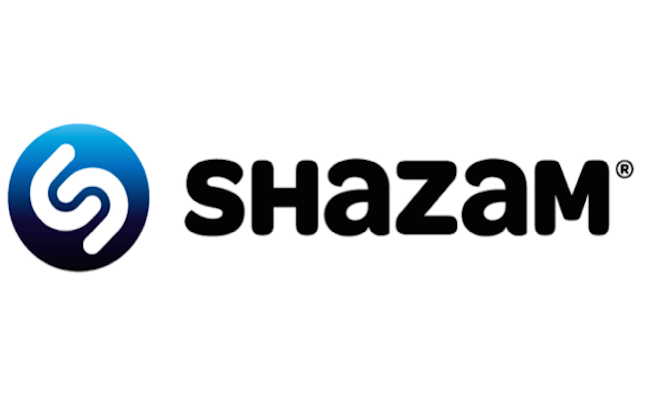Apple’s decision to splash out $400 million (£299.6m) on buying the UK audio recognition app represents one of the tech giant’s larger deals in the music space, albeit at a sum that’s less than half of Shazam’s recently-touted value (and small change for the cash-loaded Apple).
But, more to the point, it represents a considerable outlay on a company that has always struggled to turn its popularity into significant profit and which has faced waning music industry heat and a challenged business model for some time.
Ironically, Shazam’s decreasing importance to the biz is due in large part to the rise of streaming. Music discovery’s shift from analogue (What’s that song playing in the club/on the radio/TV/jukebox?) to digital may be progressing at a much slower rate than Spotify and Apple Music would have you believe, but it’s still moving inexorably that way. And, whichever streaming service is your preference, they’re all united in one thing: making sure you can find out which song is playing, simply by glancing at a screen.
So if Apple has been helping render Shazam redundant, why buy the company rather than, say, purchasing Lionel Messi for your own Silicon Valley FC?
Shazam has a wealth of music discovery data that could prove useful ammunition in the catch-up war with Spotify, especially as that war is about to move to a new battlefield
Leaving aside the very real possibility that Apple splashed out purely to create the portmanteau name ShazApple, music discovery may still be at its core. The perception of Apple Music is that it still trails Spotify when it comes to curation and its ability to break artists. The reality may actually be rather different – the Beats 1/Apple Music ecosystem could no doubt lay a claim to having broken many artists/records if only their execs were ever allowed to tell anyone about it. But Spotify certainly had a headstart, not to mention its very own data recognition division to mine for tips, having snapped up its very own Shazam, The Echo Nest, back in 2014.
Shazam, see, was an early adopter of music discovery, back in the days when most people thought curation was something to do with museums or imported Spanish meat. Launched in 1999, it has a wealth of music discovery data that could prove useful ammunition in the catch-up war with Spotify, especially as that war is about to move to a new battlefield.
Because Shazam’s other key selling point with Apple might be its role in voice recognition. It already interacts with Siri and, with Apple clearly struggling to get its HomePod smart speaker out of the gate, Shazam’s audio recognition technology could finally allow it to compete with Amazon’s Echo and Google’s Home devices. Especially as – ta-da! – those devices don’t yet feature a screen, meaning the question ‘What song is playing?’ brings Shazam’s core purpose right back into play (Spotify, of course, has no such device, meaning it relies on third parties to give it access, something that could potentially disappear overnight).
There may be yet more futuristic uses for Shazam’s tech in the pipeline. Apple is known to be betting big on Augmented Reality, and smart devices that can recognise sounds are likely to be on the agenda sooner rather than later.
But for now, Apple needs it to deliver for its music streaming business – and preferably faster than you can say ‘Shazam’...









